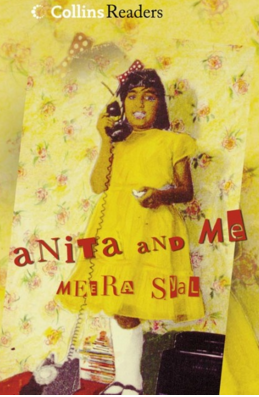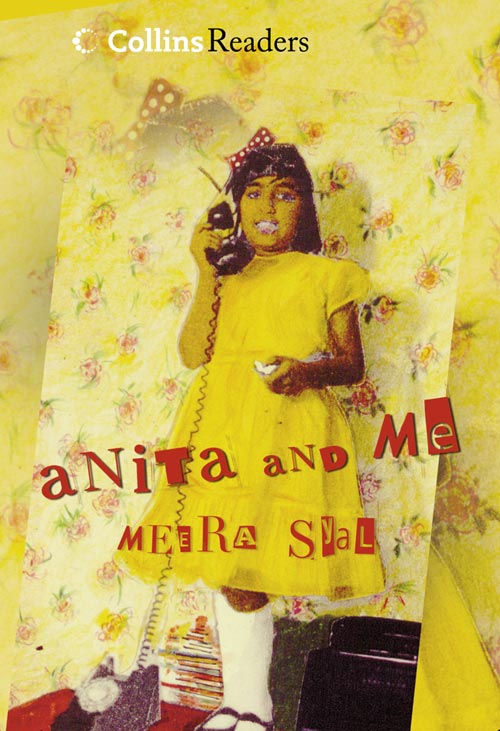Anita and Me is a funny, irreverent and poignant ‘coming of age’ novel. It is so much more than the sum of its parts. It could just be a 1970s, Brummie To Kill a Mockingbird, but what makes this novel special is also what makes it such a great class text: it mines the seams of common human experiences (prejudice, growing up, parent/child relationships, identity and belonging) whilst remaining a refreshingly honest and moving account of a feisty and smart heroine, who longs to be ‘someone else in some other place.’
The tale of nine-year-old Meena’s journey from innocence to experience is a roller coaster for all concerned. The daughter of the only Punjabi family in an ex-mining village, she struggles to fit in with the working class families around her and she is desperate to belong to the defiant and glamorous Anita Rutter’s gang.
Many of the themes are common to the ‘classic’ GCSE texts, Of Mice and Men and To Kill a Mockingbird (Prejudice, Friendship). However, there are two elements that I think make it unique:
Firstly, Syal tells her story in a particularly British way, full of that peculiarly satisfying mixture of impiety and compassion.
Secondly, it presents an array of female characters as strong and complex individuals. Where Steinbeck highlights the plight of women in society through highlighting their voicelessness, Syal explores gender issues through the use of an articulate and realistic female voice. Meena’s Bildungsroman is punctuated by a series of good and bad female role models: her mother, Anita, Nanima, and Anita’s mother; some of whom let Meena down and some of whom help her to grow up, but all of whom are fully-formed, multifaceted characters.
I think that exploring the power play between the characters is a particularly fruitful exercise for students. The shifting dynamic between the two main female characters is the hinge of the novel and a superb way for students to explore the themes of gender, identity and friendship.
Free for your classroom:
Why not begin your exploration of characters with the following activity? It helps students to examine the power relationships through focussing on the writer’s word choice, building to a piece of analytical writing. The activity has students construct a PEA paragraph by passing their comments around a group, which makes it accessible for all abilities. Download for free Anita and Me Writing Activity and Anita and Me Scheme of Work
Biography:
Naomi Hursthouse has been teaching in West Sussex for ten years. She has worked as an Advanced Skills Teacher, a Gifted and Talented Coordinator, AQA examiner and is currently the Head of English at Ormiston Six Villages Academy.




